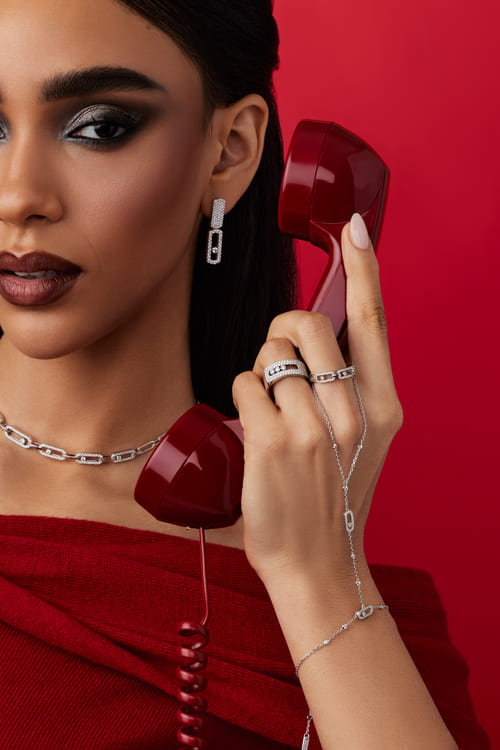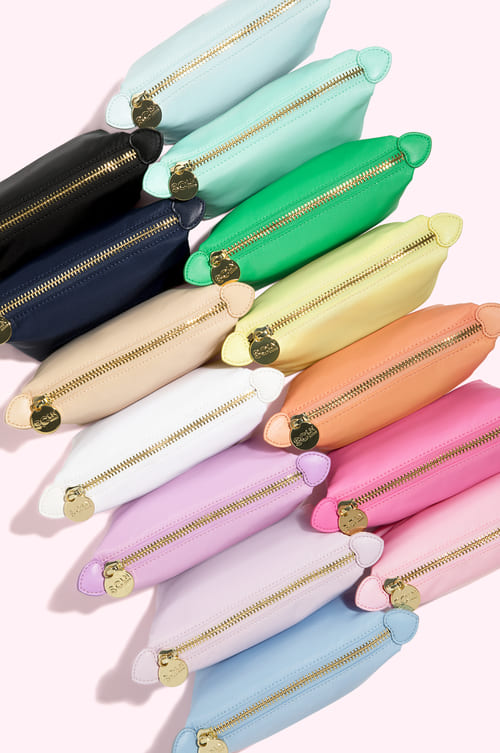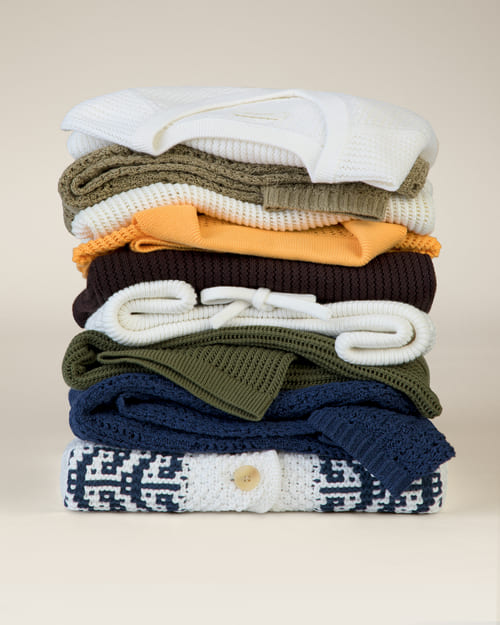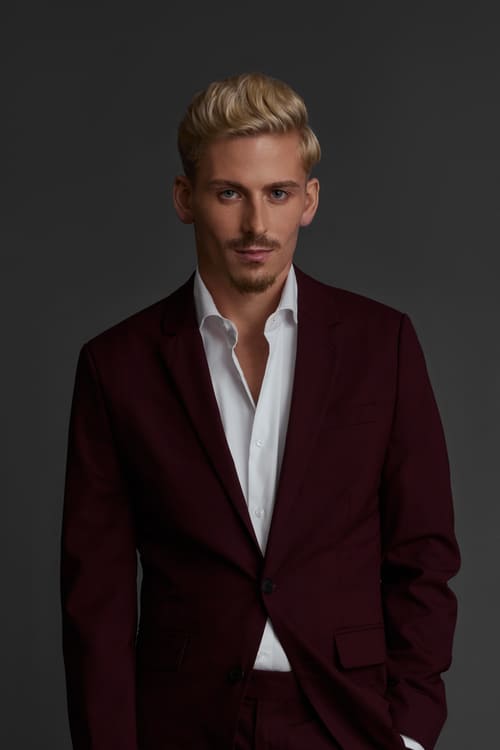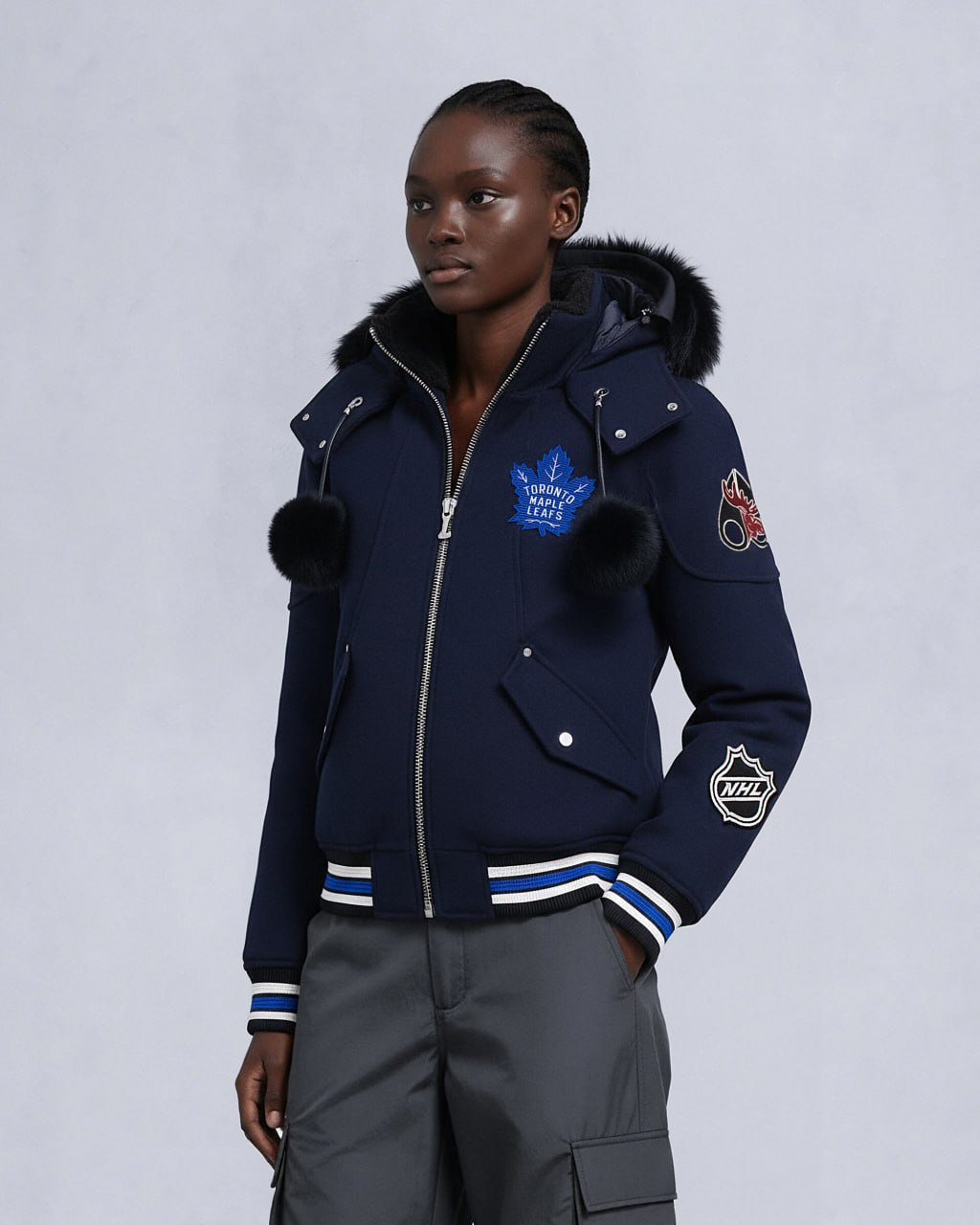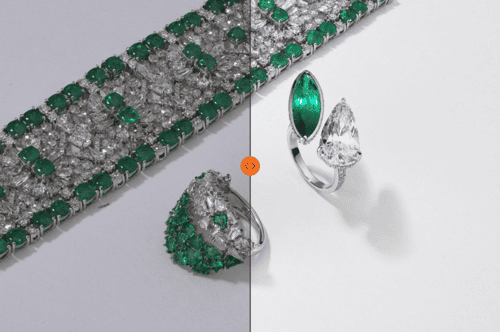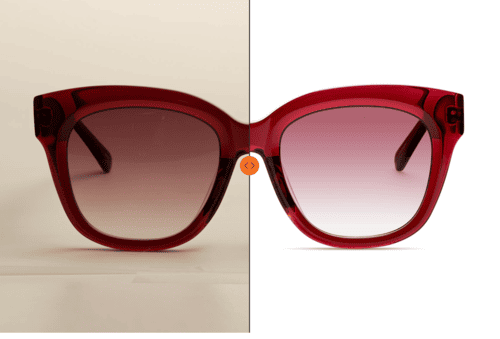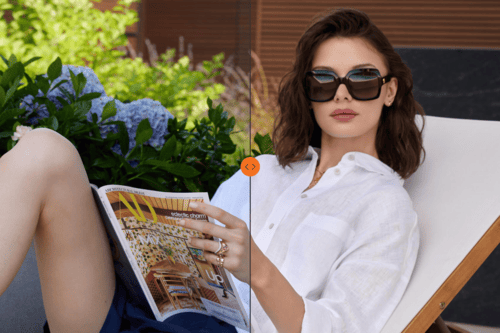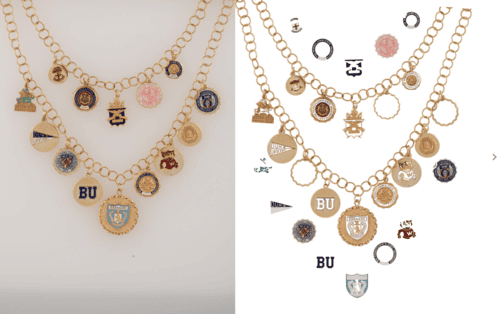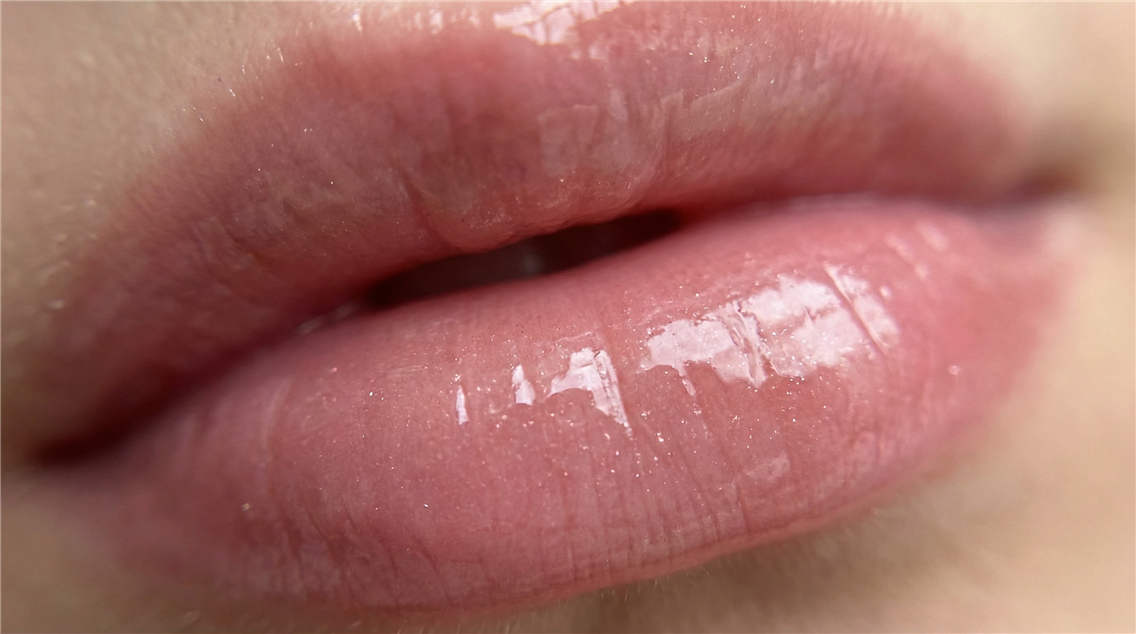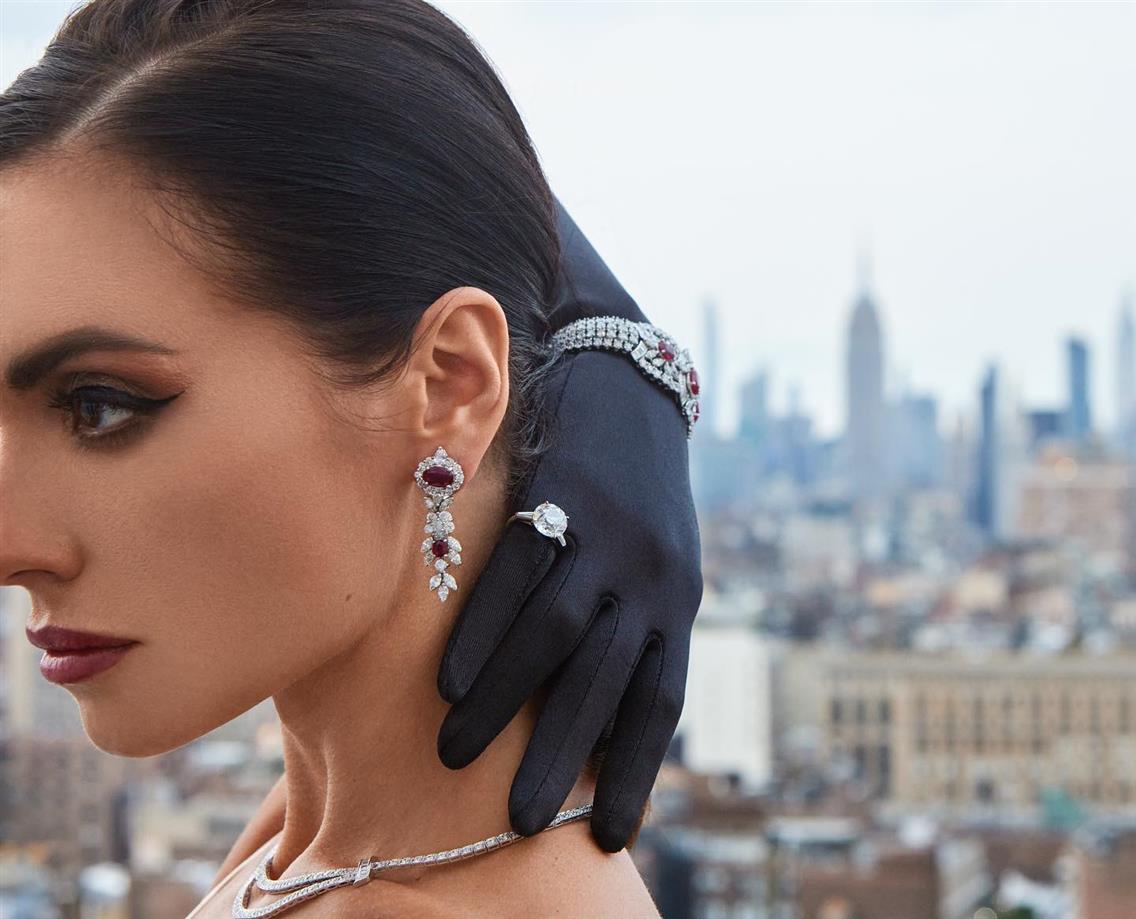Product Photography for Etsy
You already know that Etsy is a visual-first marketplace. But here’s what most sellers still underestimate: your product photo is the pitch. It's what earns the click, the time spent, and eventually, the conversion.
The quality of your images tells customers whether you're a serious seller or a weekend hobbyist. And they can tell the difference in half a second.
If you’re running an Etsy shop with actual business goals like growing revenue, expanding SKUs, and investing in repeat customers, then it’s time to treat your product photography like a sales tool, not a side task. Because that’s exactly what it is.
In this piece, we will break down how smart brands are using different types of images, like on-white, lifestyle, still life, and on-model, to control the customer journey from search to sale. We’ll talk real-world strategies: what to prioritize, what to skip, and when to bring in professionals to scale the right way.
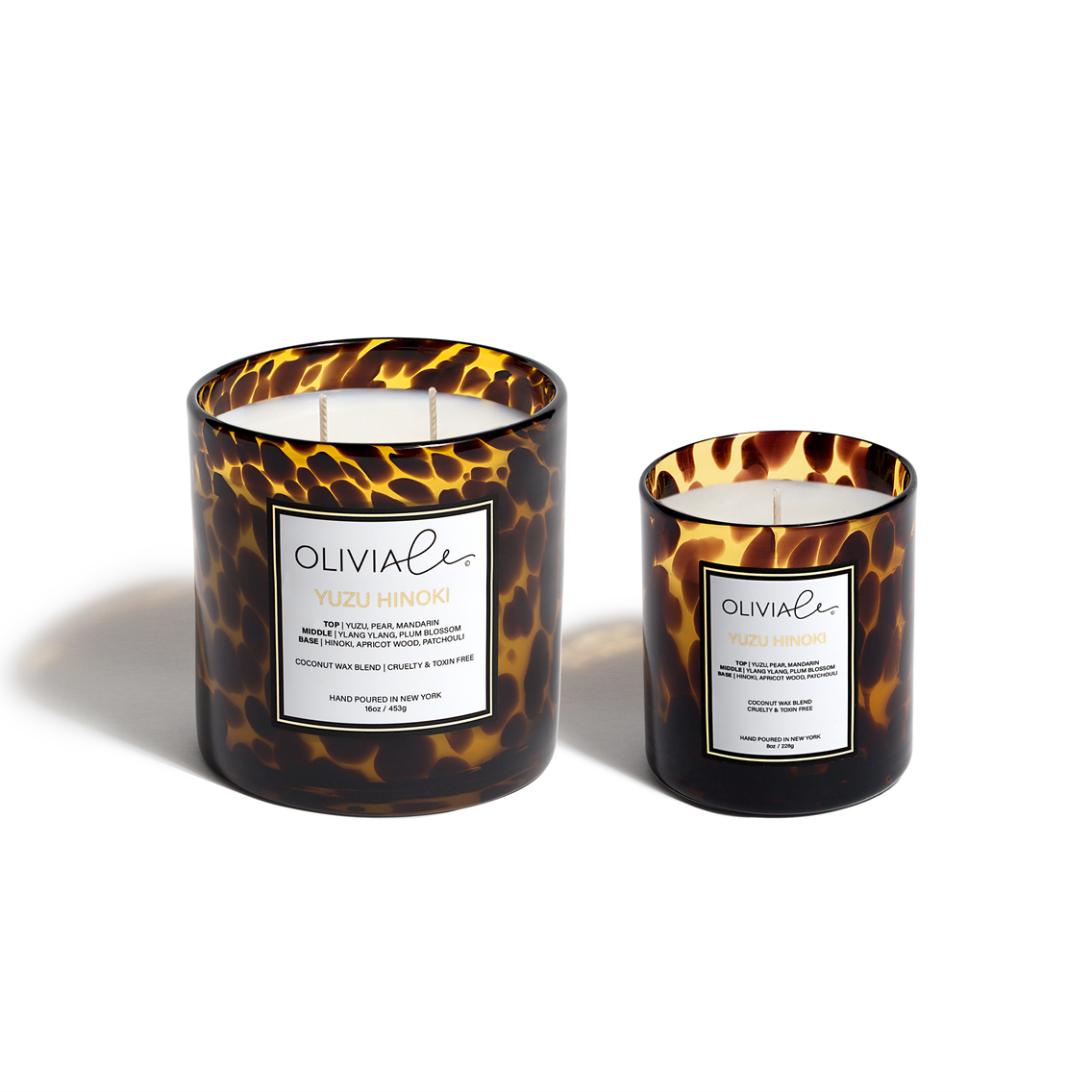
Why Product Photography Is Critical to Your Sales Performance on Etsy
It’s easy to forget, but Etsy isn’t built like your own website. You don’t have a landing page, a homepage, or even a branded funnel. You’re one thumbnail in a sea of thumbnails. That means the game is different.
Buyers scroll through search results at speed. And what stops them isn’t your price, your title, or your product description. It’s the photo. That single visual has to carry all the weight of your value proposition in an instant. This is why your images are not just supporting content. On Etsy, they’re the front line.
Your Photos Are Driving (or Killing) Your Etsy Conversion Rate
If your image looks dark, cluttered, inconsistent, or obviously homemade, that hesitation creeps in fast. Is this a real brand? Will the quality match the price? Can I trust this shop?
On the flip side, clean, well-lit, professionally styled photos signal that you’re running a polished operation. That translates into click-throughs, longer time-on-page, and stronger conversion rates — all signals Etsy’s algorithm likes, too.
Photography is one of the few levers you control entirely, and it impacts every stage: search visibility, shopper trust, and final purchase.
The Hidden Cost of “Good Enough”
A lot of sellers start with DIY photos because it’s fast and free. But as your business grows, so do the stakes. At a certain point, shooting with your phone and editing in an app isn’t saving you money; it’s costing you sales.
When you treat visuals like a real growth asset, your shop starts to reflect that. That’s when you move from “small shop” to brand.
Types of Product Photos That Boost Etsy Performance
Once you accept that your photos are your primary conversion tool, the next question is: what types of images work? Not all product photos serve the same purpose. And pro Etsy sellers build a mix that does more than just “show the item”. They guide the buyer from interest to trust to purchase.
Catalog Product Photography for Etsy: Your Thumbnail WorkhorseYour first image, the one Etsy uses as a thumbnail in search, needs to be clean, high-contrast, and immediately legible. On-white photography is the gold standard here. It isolates the product. No distractions, no visual noise. It shows color and detail accurately. It looks polished, and that’s what builds trust instantly. Here’s what buyers don’t respond to: cluttered backgrounds, shadows that fight with the product, or low-light images that feel clumsy. Even if your item is beautiful, if the photo quality doesn’t match, the scroll continues. Related read: The Ultimate Guide to eCommerce Product Photography | 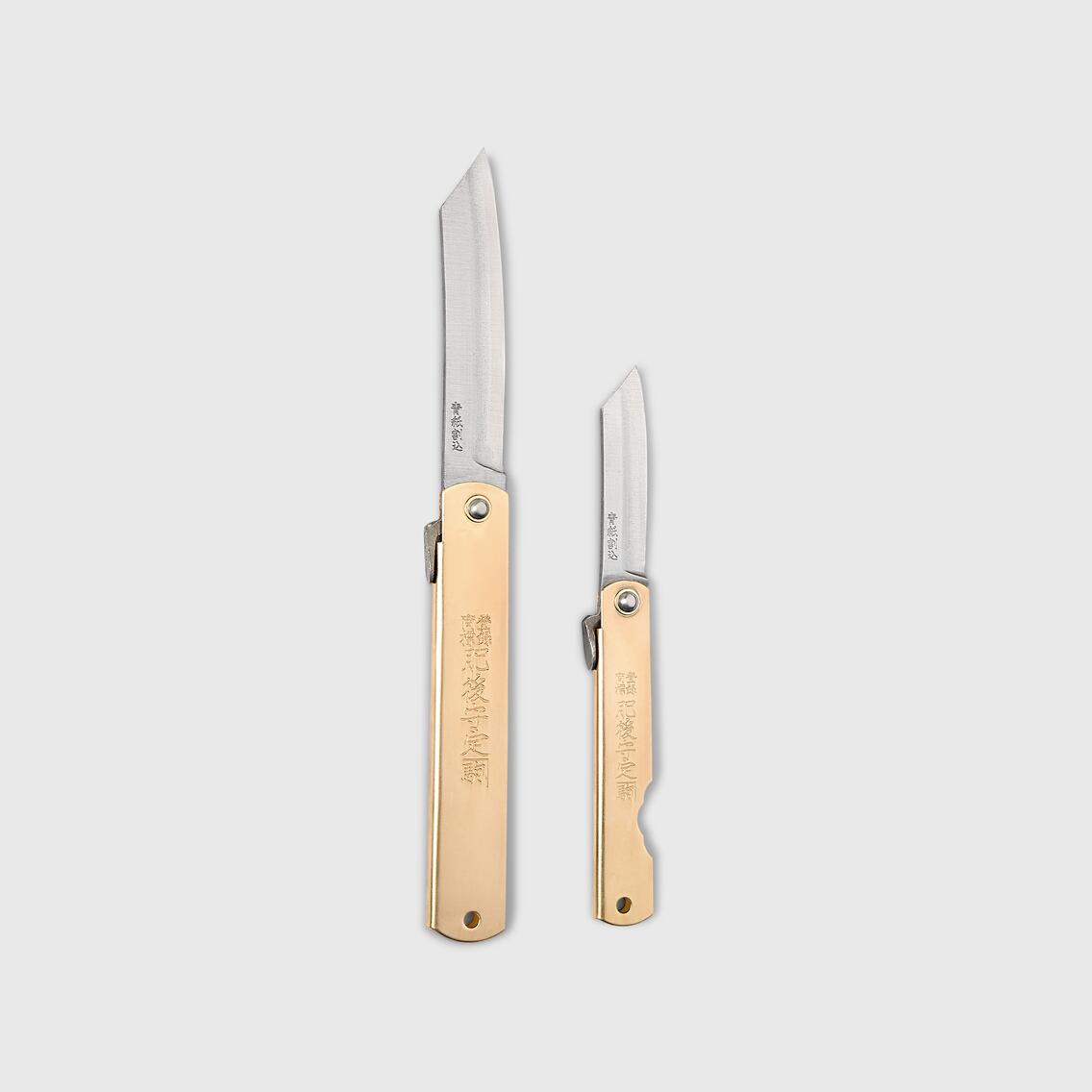 |
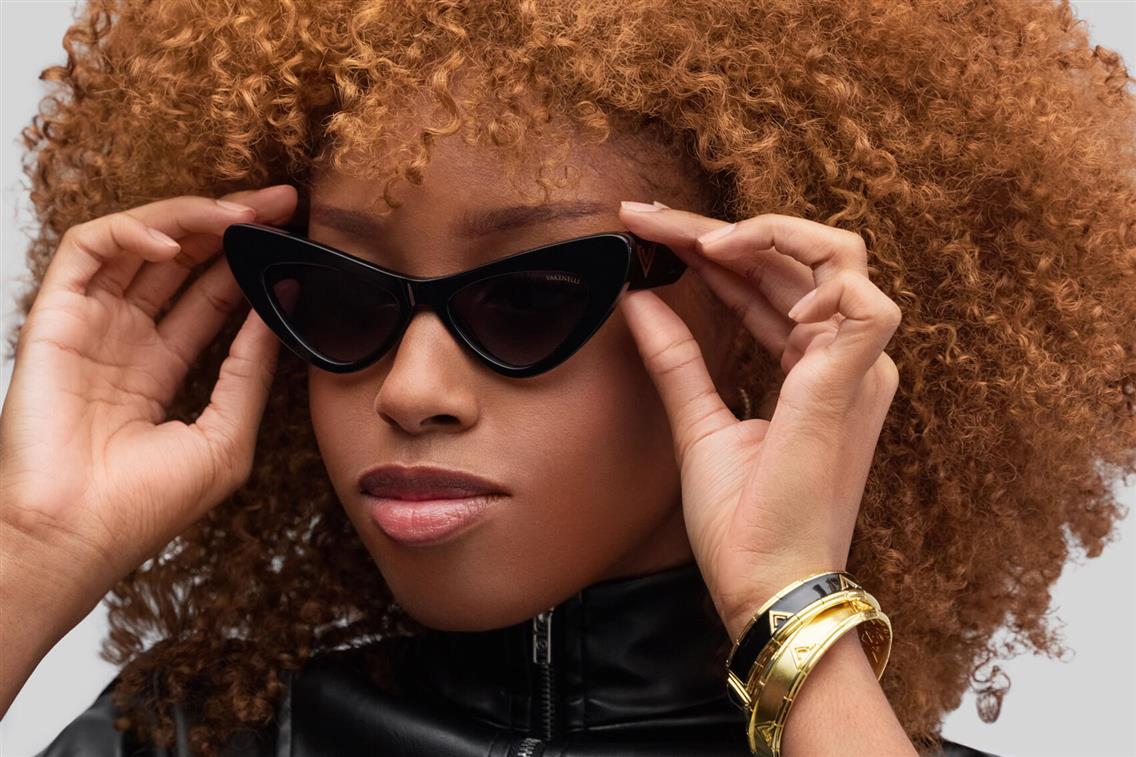 | On-Model Photography: Build Trust with People in the FrameThis one’s non-negotiable if you sell fashion, jewelry, or accessories. People need to see the product on a person to judge scale, fit, and vibe. Earrings need ears. Bags need shoulders. It’s about answering the buyer’s subconscious questions: Will this look good on me? Will it feel cheap or elevated? What size is it? Professional on-model photography solves these doubts before they become objections. And it makes your shop feel more legitimate. More brand than side hustle. Related read: Fashion Photography for eCommerce Brands |
Lifestyle Photography: Create Emotional ConnectionOn Etsy, emotion sells. Buyers want to imagine how something fits into their lives. That’s where on-model lifestyle photography comes in. We’re talking about in-context, real-feeling moments: a shopper wearing your earrings at brunch, a crossbody bag worn in motion, a sweater styled naturally on a person who feels like the buyer’s future self. These images do two things at once:
Great lifestyle photos feel effortless but are carefully crafted: the styling, environment, pose, and lighting are all calibrated to align with your brand identity. It’s the difference between an amateur photo of someone holding a tote… and a visual that belongs in a lookbook. This type of image has legs; it doesn’t just lift your Etsy listing, it elevates your Instagram feed, your email marketing, and even your brand story as a whole. Related read: Strategic Impact of Lifestyle Photography on eCommerce Business | 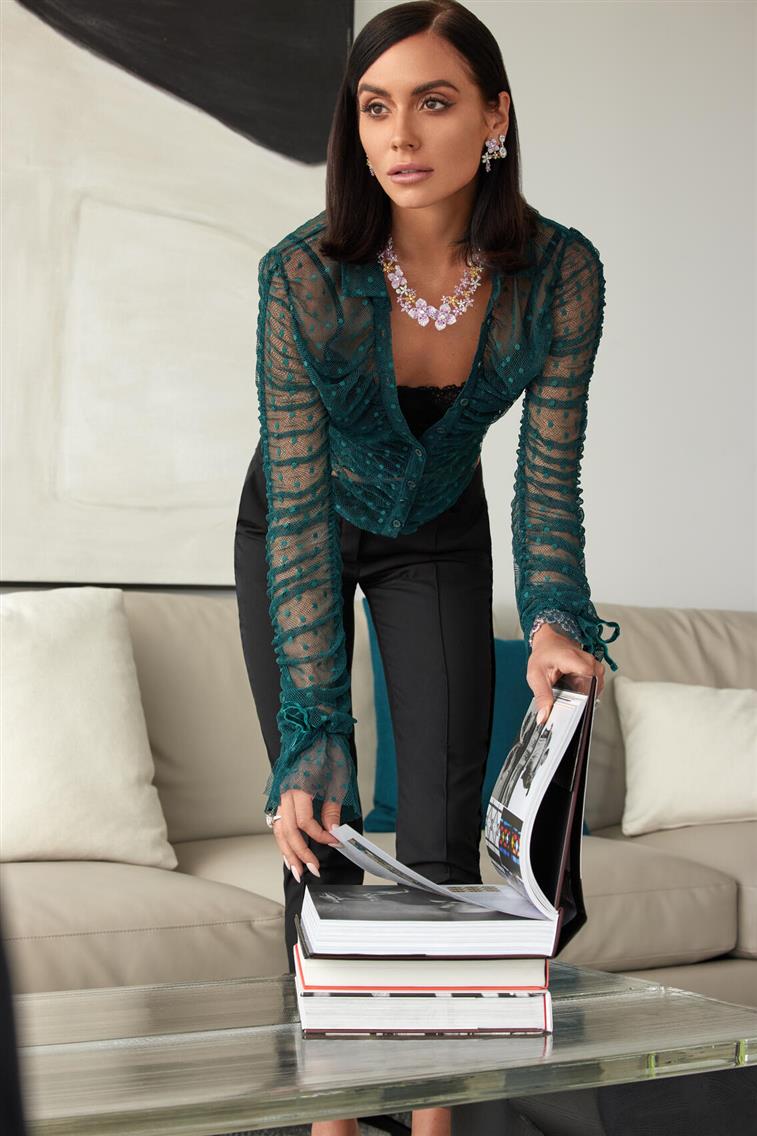 |
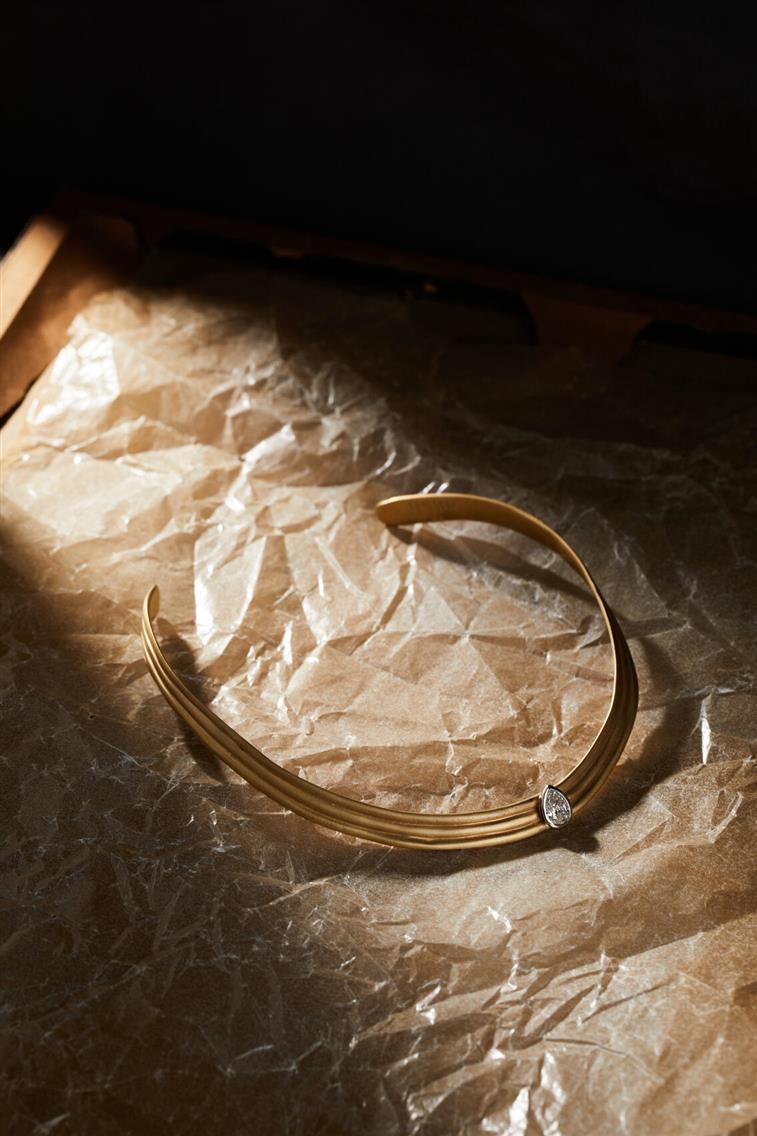 | Still Life and Creative Product Photography: Elevate the BrandStill life shots offer a chance to infuse brand personality. Think props, textures, and creative arrangements. These aren’t your “main” photos, but they’re powerful for brand storytelling. Use them as alternate views to break up your listing gallery. Repurpose them for seasonal banners, Etsy updates, or social campaigns. Introduce color, tone, and mood without sacrificing clarity. But again, this only works when the styling is tight. Random flowers and scattered beads don’t make a scene, they confuse it. A professional creative team knows how to balance visual interest with product focus. Related read: eCommerce Still Life Photography for Fashion and Jewelry Brands |
Etsy Listing Optimization Through Strategic Photo Sets
Once you’ve nailed the image quality, the next move is photo strategy. Etsy gives you up to 10 photo slots per listing, and how you fill them matters. This isn’t just about volume. It’s about sequence, clarity, and intention.
Maximize Etsy's Photo Slots With Strategic Variation
A high-performing listing doesn’t show the same shot from five angles. It walks the buyer through a visual journey. Here’s how smart sellers typically structure their photo set:
- Hero seamless background photo — for clean, high-impact search visibility.
- Close-up shot — to show texture, materials, and craftsmanship.
- On-model lifestyle image or still life — builds context and emotion.
- Scale reference — held in hand or shown with a common object.
- Back or alternate angles — ensure no questions are left unanswered.
- Packaging view — especially important for giftable items.
- Optional extras — styling variations, collection images, mood-driven still life, or instructional/in-use photos if needed.
The goal here isn’t to fill 10 just to fill them. It’s to remove friction, build trust, and make the buyer feel like they’ve seen and felt enough to say yes.
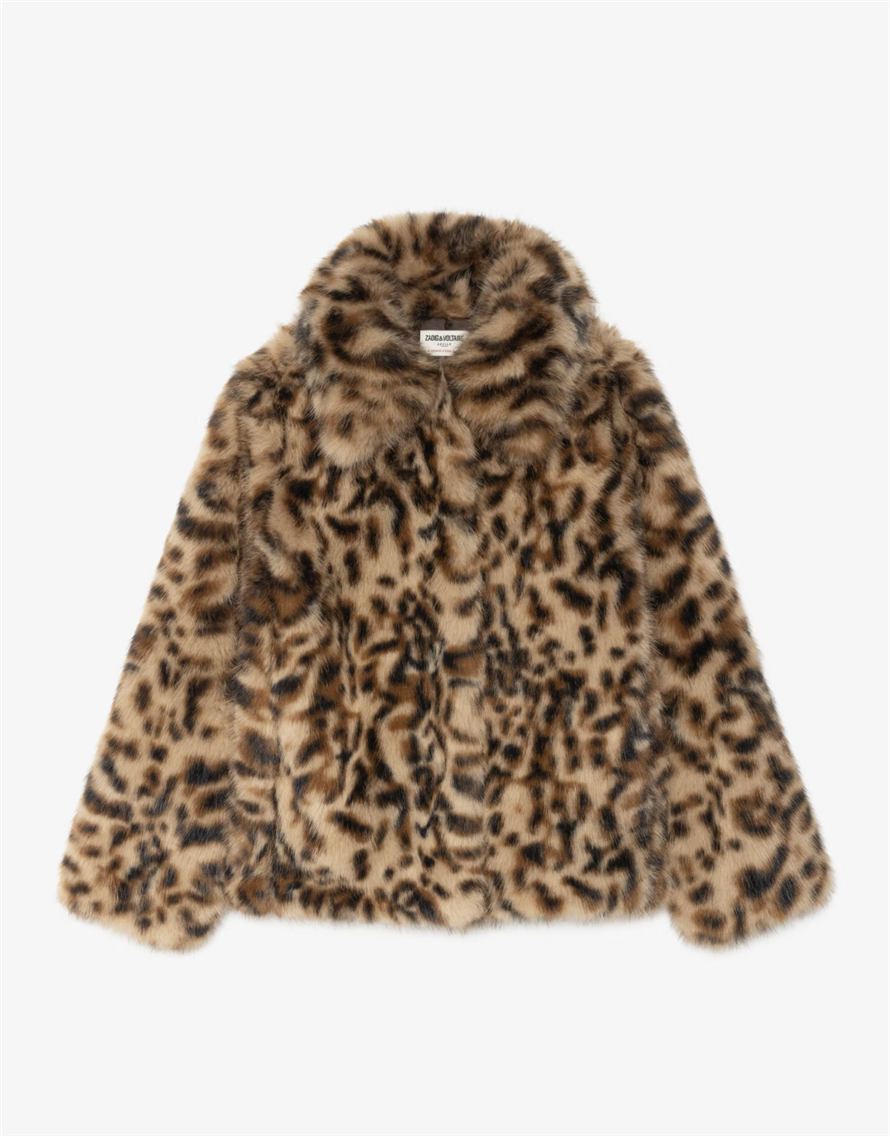
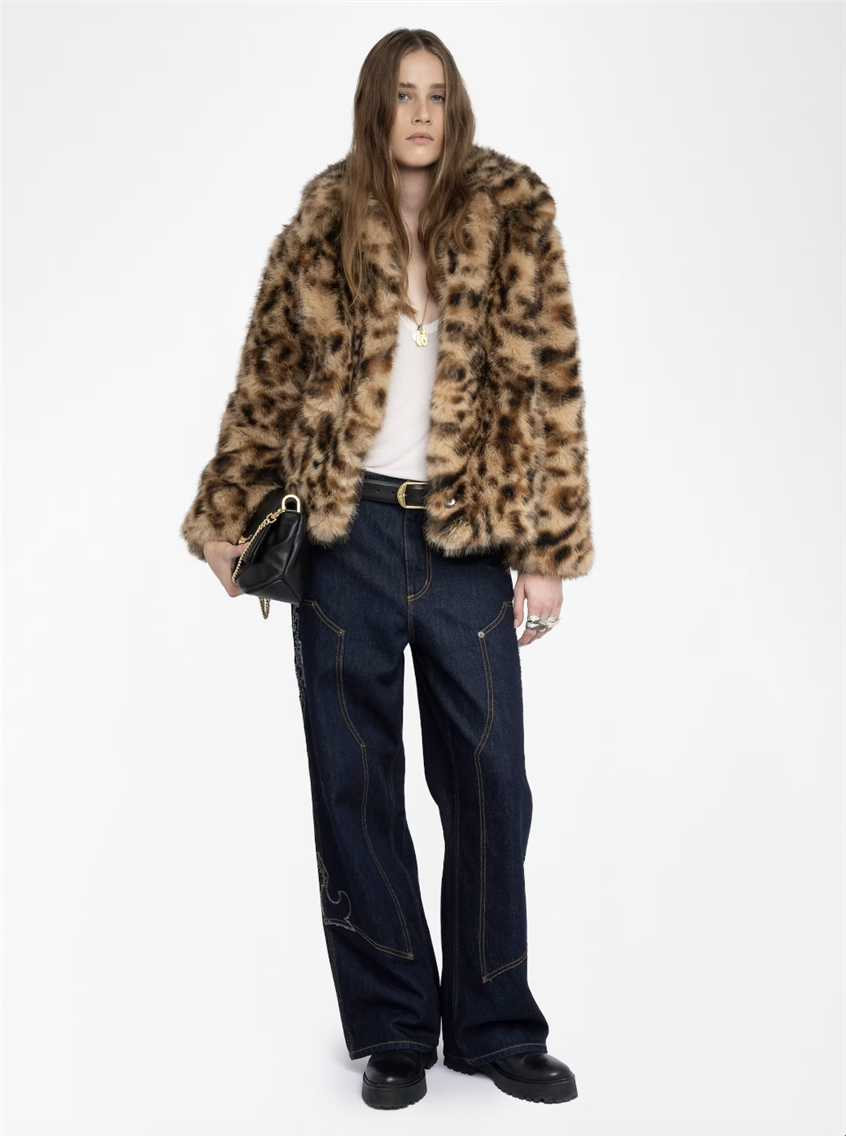
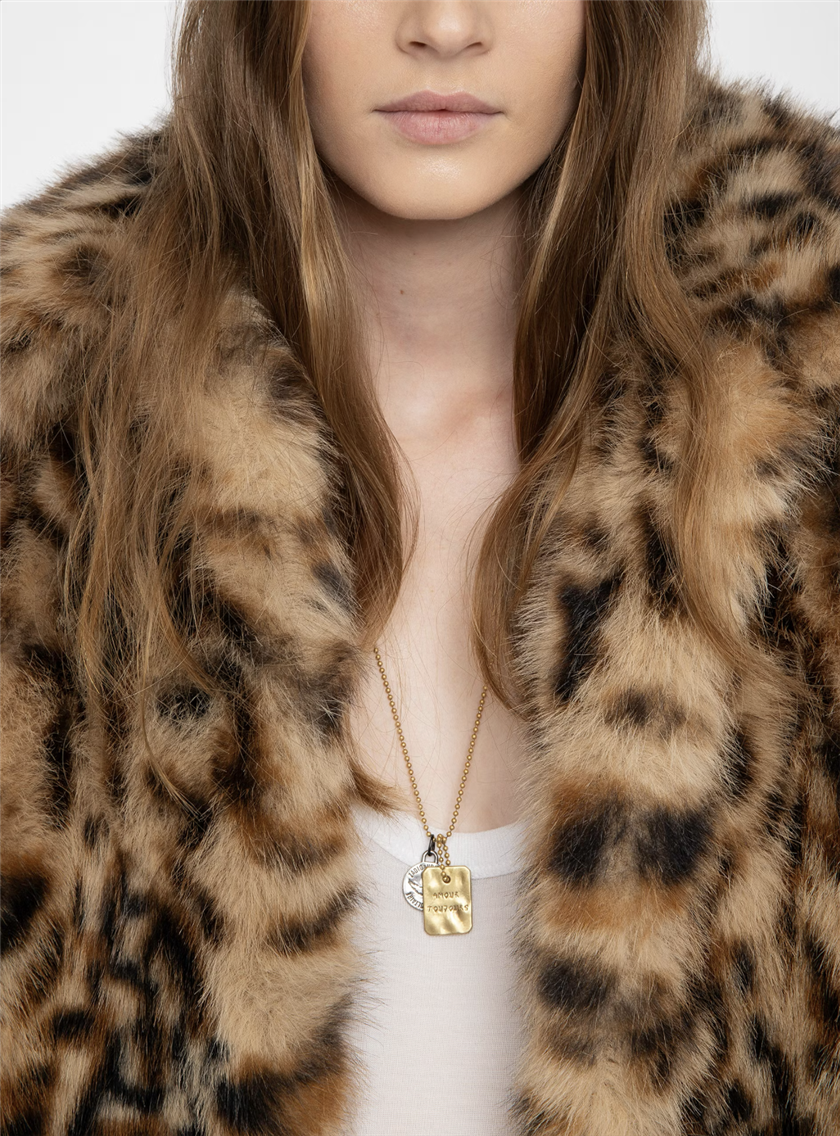
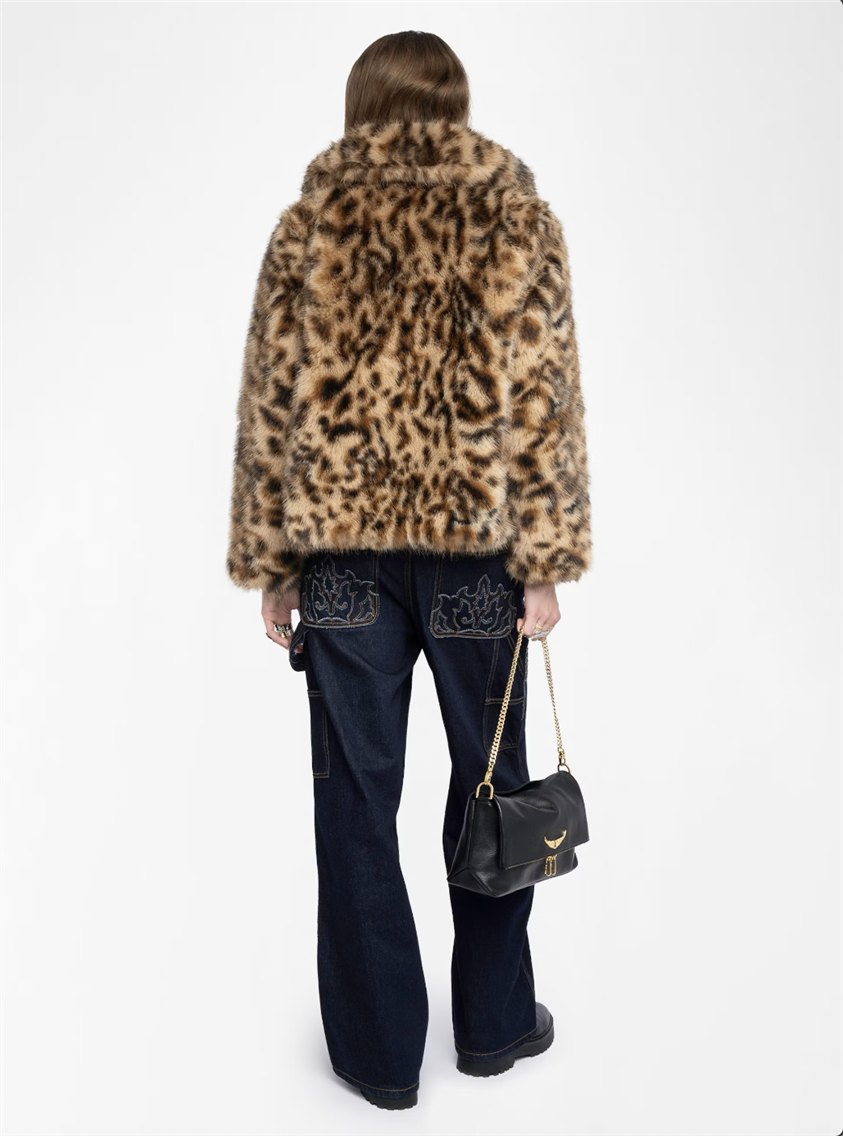
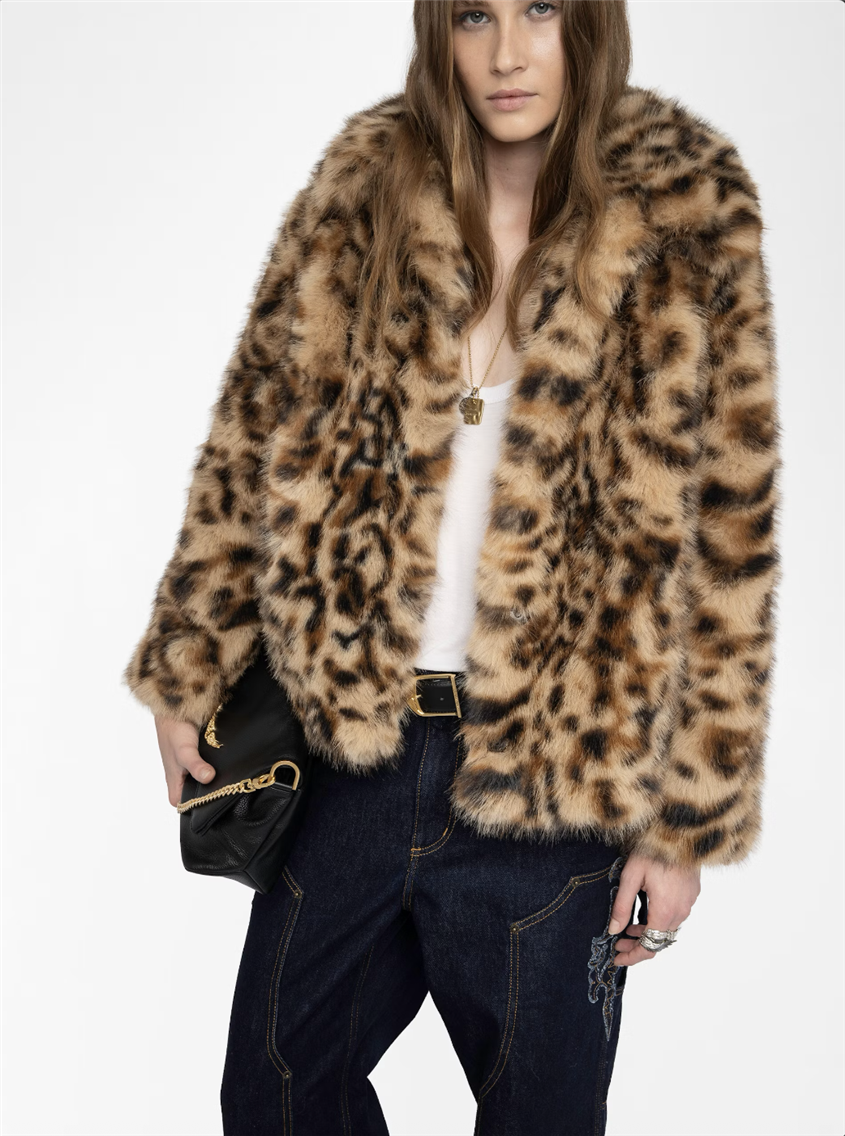
Related Read: 7 Image Optimization Hacks for Your eCommerce Website Success
Consistency Creates Brand Recognition
Consistent photography is your branding. If your shop shows a mix of iPhone and camera shots with mismatched lighting and colors, photos with different backgrounds, the buyer experiences visual dissonance, and that hesitation costs you.
On the other hand, when your images look polished and coherent across every listing, it signals that you’re a professional. That your product is worth the price. That your brand can be trusted.
LenFlash helps build visual systems. That means matching lighting, angles, styling, and formats across all your SKUs, so even if you add 100 new products, your Etsy shop still looks like one cohesive brand.
Common Etsy Product Photo Mistakes That Hurt Sales
Let’s explore where sellers get stuck, not because they don’t care, but because they underestimate how much visual quality affects buyer trust.
Even if your product is great, these common photography mistakes can quietly sabotage your listings.
Inconsistent Lighting or Harsh Shadows
This is the most obvious red flag. Uneven lighting, especially when switching between listings, instantly makes your shop look unprofessional. Harsh shadows or overly warm tones from household lights? Buyers notice.
Good lighting affects color accuracy, perceived quality, and overall trust. Professional photography teams control this with softboxes, diffusion, and calibrated editing workflows. You don’t need to learn it, you need to demand it.
Visual Clutter and Background Noise
Etsy buyers are quick to judge. If your photo has props that overwhelm the product, patterned backdrops, or random objects creeping into frame, it signals inexperience.
Even lifestyle or creative shots need clarity. The product should always remain the hero. Anything else should serve the story, not distract from it.
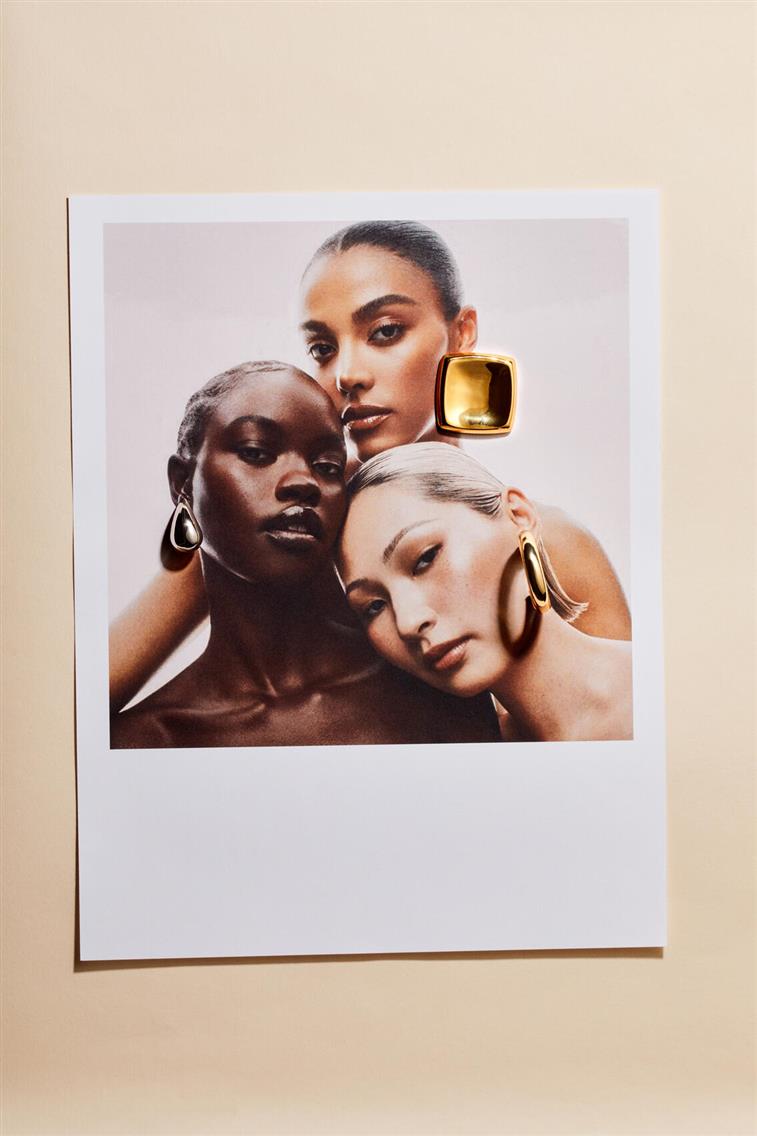
Lack of Scale or Human Reference
You’d be surprised how often buyers walk away simply because they can’t tell how big something is. Or how it wears. Or how it fits in context.
That’s why on-model lifestyle images and scale references are so effective, they answer unspoken questions before they become reasons to leave.
If your photos leave the buyer guessing, they’re likely to keep scrolling. It’s not personal. It’s friction, and friction kills conversion.
Lack of Creativity in a Creative Marketplace
Shoppers come to Etsy expecting personality, originality, and aesthetic. A grid of dull, flat, utilitarian photos may check the basics, but it won’t resonate.
Your visuals need soul. Buyers on Etsy are often creatives themselves, and they’re looking for more than just function. They want to connect with the maker's point of view. That doesn’t mean every photo needs a flower crown; it means intentional styling, color use, and a visual language that reflects your product’s spirit.
Professional photographers who understand e-commerce also understand brand, and that’s where the creative difference shows.
Why You Need a Professional Etsy Product Photography
At some point, most Etsy sellers hit a ceiling. They’ve optimized titles, tweaked SEO, and maybe even tested pricing. But growth stalls, and they can’t quite put their finger on why. More often than not, it comes down to visuals that don’t scale with the business.
DIY Photo Doesn’t Scale
It’s one thing to photograph a few pieces on your kitchen table when you’re just starting out. But if you’re serious about turning your Etsy shop into a real brand, something buyers recognize, return to, and recommend, the visuals have to evolve.
DIY workflows break down when you add more SKUs, launch seasonal collections, or try to maintain consistency across listings. You end up with uneven quality, mismatched lighting, and a visual identity that feels disjointed.
That’s not a creative issue; it’s a systems issue. And it’s exactly what professional studios like LenFlash solve.
